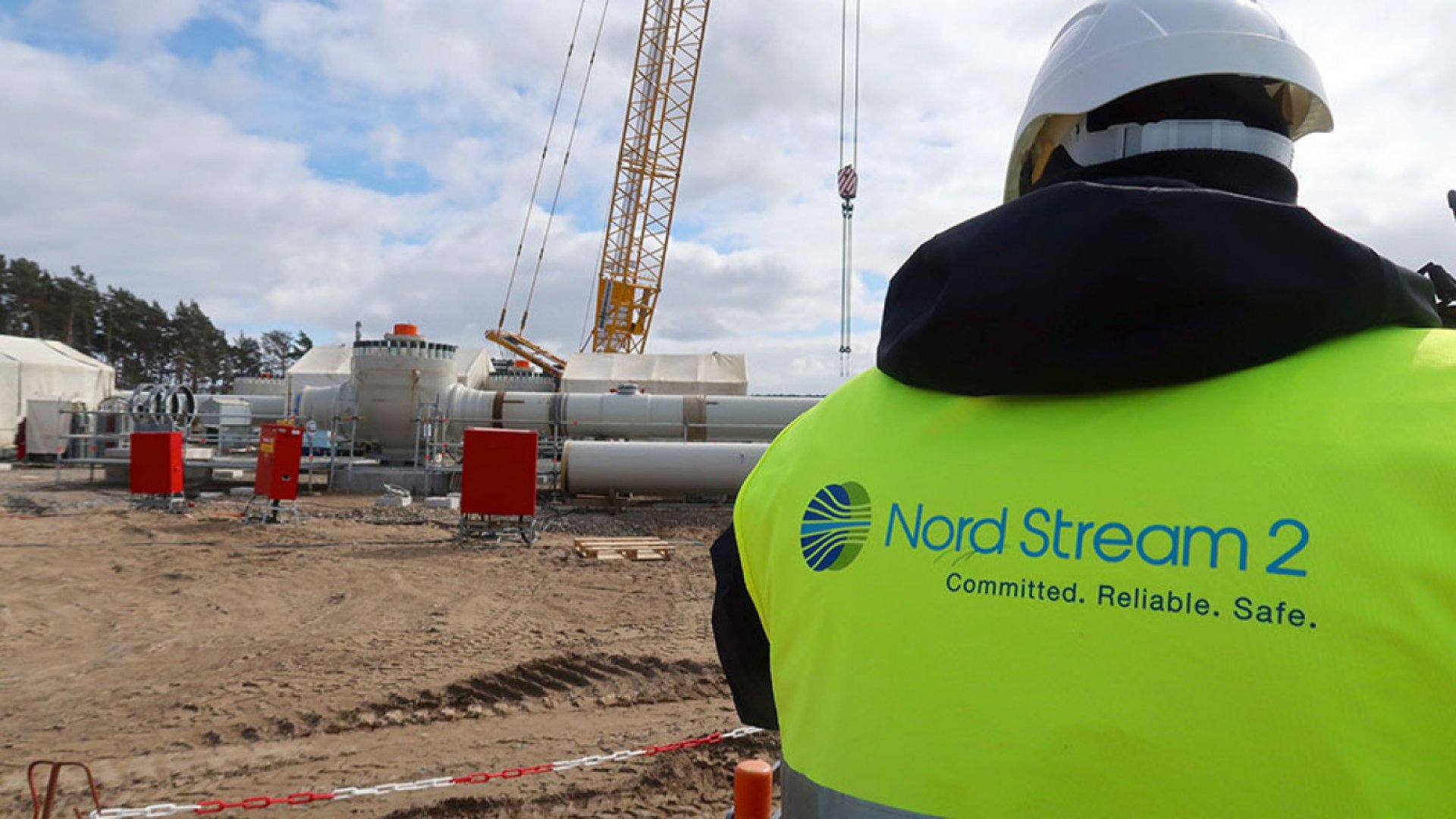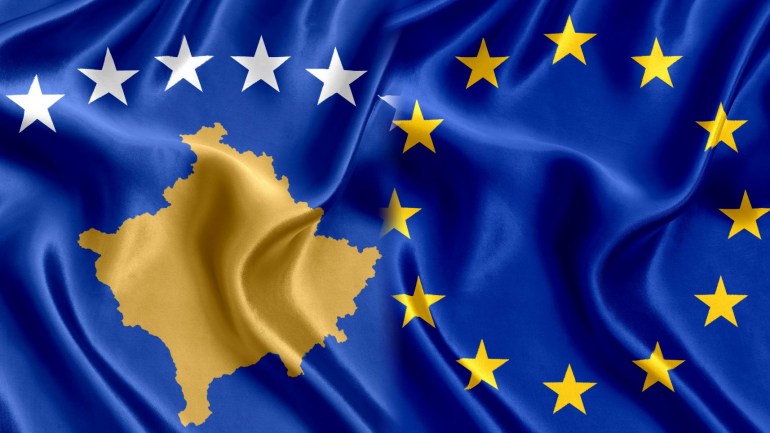
Nord Stream II is a gas pipeline that is planned to start in Russia and end in Germany, passing through the Baltic Sea with an underwater route of approximately 1.200 km, and it will transfer 55 billion cubic meters of gas annually[1]. More specifically, it is planned to cross the territorial waters of Russia, Denmark and Germany, along with the Exclusive Economic Zones (EEZ) of Germany, Russia, Sweden, Finland and Denmark[2].
The agreement for the pipeline was made in 2015 among Russian Gazprom and five European energy companies[3]. The cost of the pipeline is estimated to be around EUR 9.5 billion[4]. The construction of the pipeline has created a lot of controversy among the EU member states, with Germany and Poland being involved the most. The main objection of Poland (and the other Baltic Member States) is that the pipeline will prevent the energy security and efficiency plans of the EU[5], a conclusion with which the USA and EU agree [6].
Click Here to Read the Entire Policy Brief
[1] http://www.gazprom.com/projects/nord-stream/
[2] https://www.nord-stream2.com/construction/country-country/
[3] https://www.nord-stream2.com/nord-stream-2-is-a-european-collaboration/
[4] (Ibid.)
[5] https://uawire.org/poland-nord-stream-2-poses-significant-threat-to-the-world-and-to-security-in-europe#
[6] https://uawire.org/polish-foreign-minister-nord-stream-2-is-killing-ukraine



